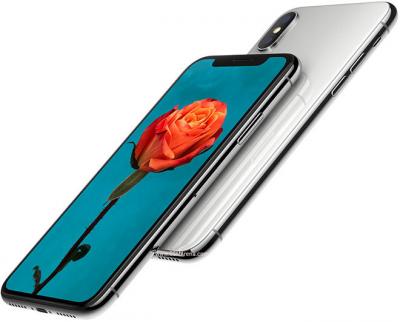n-Tech sees the Micro-LED market growing from $2.7 billion in 2019 to over $70 billion in 2027
n-tech Research released a new Micro-LED market report in which they estimate that the market will grow from $2.7 billion in 2019 to over $70 billion in 2027. The markets for Micro-LED displays, according to n-Tech, will include wearables, near-eye displays, HUDs, projection displays and extra large area displays.

All of these applications will benefit from the small size, low weight, high brightness and high resolution of Micro-LED displays. Extra large-area displays will benefit from the linear scalability of Micro-LED displays.








